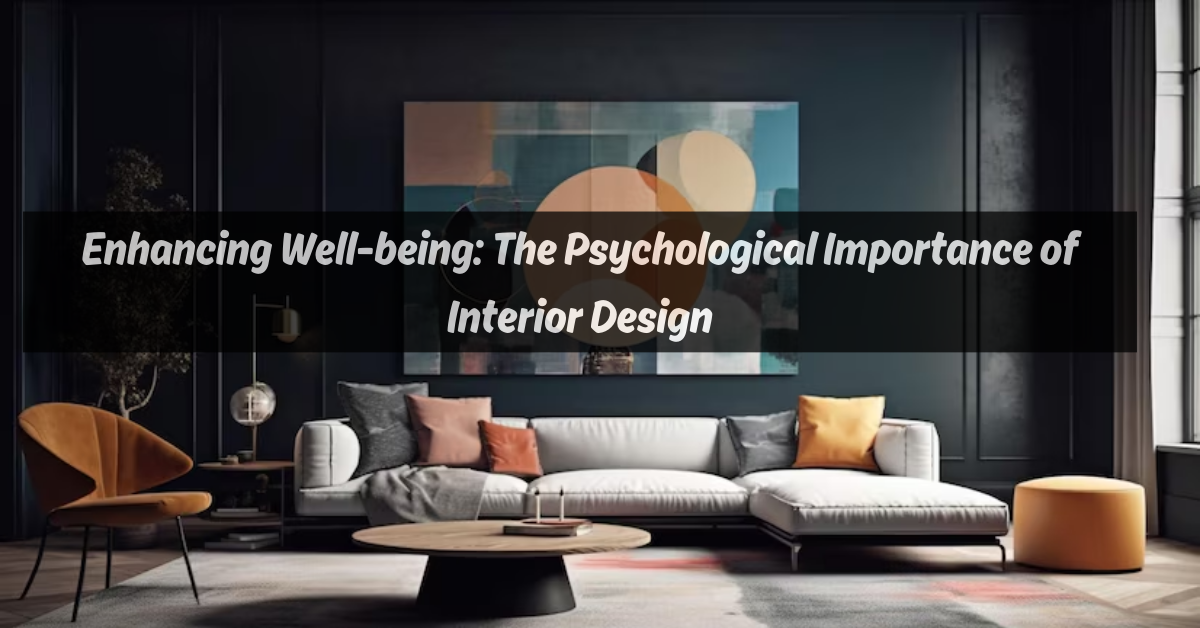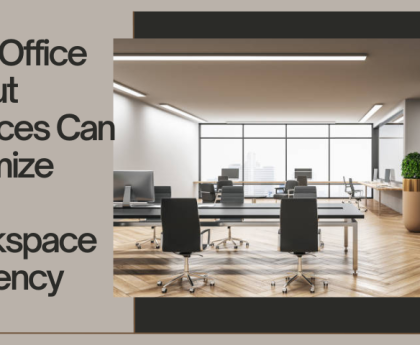The spaces we inhabit significantly influence our psychological well-being. From our homes to our workplaces, the design and decoration of these environments can impact our mood, productivity, and overall mental health. This understanding has led to a growing focus on the psychological aspects of interior design, emphasizing how thoughtful design choices can enhance our quality of life. Home Interior Designers and Interior Decorators play a pivotal role in creating spaces that not only look good but also feel good, promoting a sense of well-being for the occupants.
The Connection Between Interior Design and Well-being
Interior design affects our well-being in various ways. The colors, layout, lighting, and materials used in a space can influence our emotions, behavior, and even physiological responses. Here are some key aspects where interior design intersects with psychological well-being:
1. Color Psychology:
Colors have a profound impact on our emotions and mental state. Warm colors like red, orange, and yellow can evoke feelings of warmth and energy, while cool colors like blue and green are calming and can reduce stress. Home Interior Designers often use color psychology to create environments that support relaxation, focus, or social interaction, depending on the room’s purpose.
2. Natural Light and Lighting:
Natural light is essential for regulating our circadian rhythms, which affect our sleep patterns and overall mood. Spaces with ample natural light are more inviting and can improve mood and energy levels. Interior Decorators also use artificial lighting creatively to enhance the ambiance and functionality of a space, ensuring it is both aesthetically pleasing and conducive to well-being.
3. Spatial Layout and Flow:
The layout of a space can significantly affect how we feel within it. Cluttered, cramped spaces can cause feelings of stress and anxiety, while open, well-organized spaces promote a sense of calm and control. Home Interior Designers in Chennai excel at optimizing the flow and layout of rooms to create environments that are both practical and soothing.
4. Biophilic Design:
Incorporating elements of nature into interior spaces, known as biophilic design, can greatly enhance well-being. This can include the use of natural materials, indoor plants, and views of nature. Such elements can reduce stress, improve air quality, and create a more pleasant living environment.
5. Personalization:
A space that reflects our personal tastes and experiences can provide a sense of comfort and belonging. Interior Decorators help homeowners express their personality and style through decor choices, making their home a true reflection of themselves and a place where they feel at ease.
The Role of Home Interior Designers
Home Interior Designers are trained professionals who understand the intricate relationship between space and human psychology. They use their expertise to create environments that enhance the quality of life for their clients. Here’s how they contribute to psychological well-being:
1. Customized Solutions:
Home Interior Designers work closely with clients to understand their specific needs, preferences, and lifestyle. This personalized approach ensures that the design of a space meets the unique requirements of the occupants, promoting a sense of satisfaction and well-being.
2. Functional Design:
A well-designed space is not only beautiful but also functional. Home Interior Designers ensure that every element of the design serves a purpose, making daily activities easier and more enjoyable. This functionality reduces stress and enhances the overall living experience.
3. Harmonious Environments:
Designers use principles of harmony and balance to create spaces that feel cohesive and comfortable. This involves careful selection of colors, materials, and furnishings to ensure that all elements work together seamlessly, creating a visually and emotionally pleasing environment.
The Contribution of Interior Decorators
Interior Decorators focus on the aesthetic enhancement of spaces, which plays a crucial role in how we perceive and feel about our environment. Their contributions to well-being include:
1. Aesthetic Appeal:
A beautifully decorated space can uplift spirits and create a positive emotional response. Interior Decorators use their skills to select decor items, furniture, and accessories that enhance the visual appeal of a space, making it more inviting and enjoyable.
2. Mood Setting:
Decorators understand how to create specific atmospheres through design choices. Whether it’s creating a cozy, intimate living room or a vibrant, energetic kitchen, they use color, texture, and layout to set the desired mood and ambiance.
3. Personal Touches:
Interior Decorators help incorporate personal items and memorabilia into the design, creating a space that feels uniquely yours. This personal connection to the environment can enhance feelings of comfort and well-being.
Conclusion
The psychological importance of interior design cannot be overstated. The environments we live in affect our mental and emotional health in profound ways. By leveraging the expertise of Home Interior Designers and Interior Decorators in Chennai, we can create spaces that not only meet our functional needs but also enhance our overall well-being. From thoughtful color choices and strategic lighting to personalized decor and biophilic elements, every design decision contributes to creating a home that supports a healthy, happy lifestyle. Investing in quality interior design is, therefore, an investment in our mental and emotional health, making our homes true sanctuaries of well-being.





